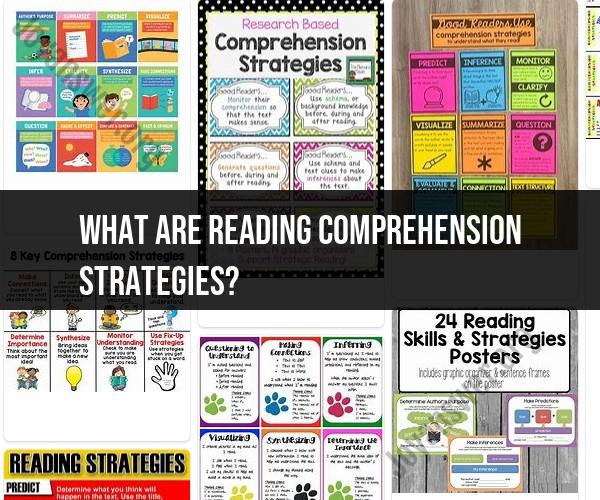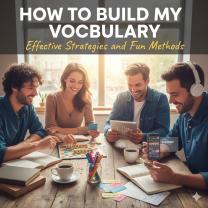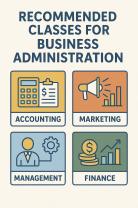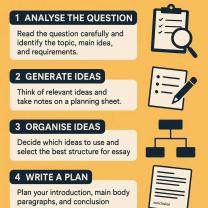What are reading comprehension strategies?
Reading comprehension strategies are techniques and approaches that readers use to understand and make sense of written text. These strategies help readers extract meaning from what they read, engage with the material, and retain information. Effective reading comprehension strategies are essential for comprehending both fiction and nonfiction texts. Here are some key reading comprehension strategies:
Previewing: Before reading, quickly review the text to get a sense of its structure and content. Look at headings, subheadings, images, and any bold or italicized text. This helps activate prior knowledge and set expectations.
Activating Prior Knowledge: Connect what you already know about the topic to what you're about to read. Making connections between prior knowledge and new information aids understanding.
Making Predictions: Predict what you think the text will be about based on the title, headings, or the content you've previewed. As you read, adjust your predictions and make new ones.
Questioning: Ask questions before, during, and after reading. Questions can guide your reading and help you focus on key points. They also encourage active engagement with the text.
Visualization: Create mental images or "mind movies" of what you're reading. Visualizing helps you understand descriptions and settings and makes the text more memorable.
Clarifying: When you encounter unfamiliar words or concepts, use context clues to infer their meanings. Reread sections if necessary to clarify understanding.
Summarizing: Periodically pause to summarize what you've read. Summarizing helps consolidate information and ensures you're tracking the main ideas.
Identifying Main Ideas: Determine the central or main ideas in a text. These are the most important points the author is conveying.
Identifying Supporting Details: Recognize the details that support and illustrate the main ideas. Pay attention to examples, statistics, anecdotes, and evidence.
Recognizing Text Structure: Different types of texts (e.g., narratives, expository, persuasive) have distinct structures. Understanding the structure helps you follow the author's logic and organization.
Making Inferences: Infer or draw conclusions about information that is not explicitly stated in the text. Combine what you know with textual evidence to make informed inferences.
Monitoring Comprehension: Continually check your understanding as you read. If something doesn't make sense, stop and reread or seek clarification.
Annotating: Mark up the text by underlining or highlighting important information, jotting down notes, or writing questions in the margins. Annotation aids in active reading and review.
Contextualizing: Understand the context in which the text was written. Consider the author's background, the time period, and any biases that may influence the text.
Synthesizing: Bring together information from various parts of the text to form a coherent understanding of the entire work. Synthesizing is particularly important when reading longer texts or multiple sources on the same topic.
Critical Reading: Approach the text critically by evaluating the author's arguments, evidence, and reasoning. Consider alternative viewpoints and perspectives.
Reflecting: After reading, reflect on what you've learned and how it connects to your prior knowledge and experiences. Formulate your own opinions and ideas based on the text.
Asking for Help: Don't hesitate to seek clarification or discuss challenging aspects of the text with peers, teachers, or experts.
Effective readers use a combination of these strategies based on the type of text they are reading and their purpose for reading. Developing these strategies can significantly improve reading comprehension and make reading a more enjoyable and enriching experience.












